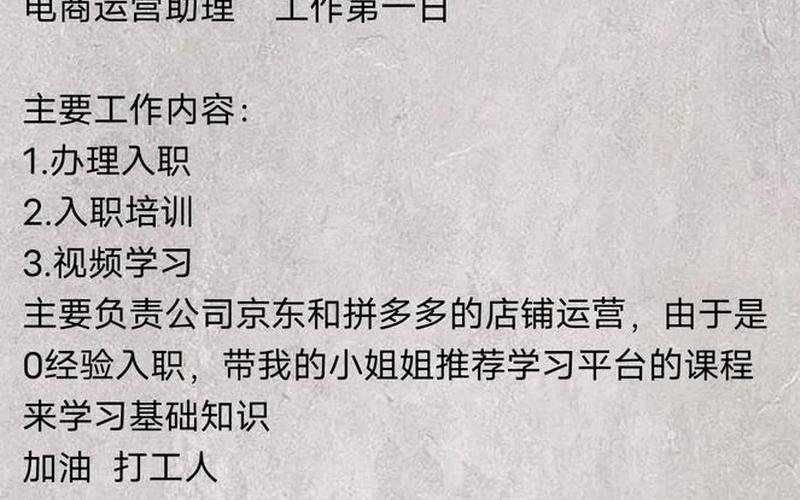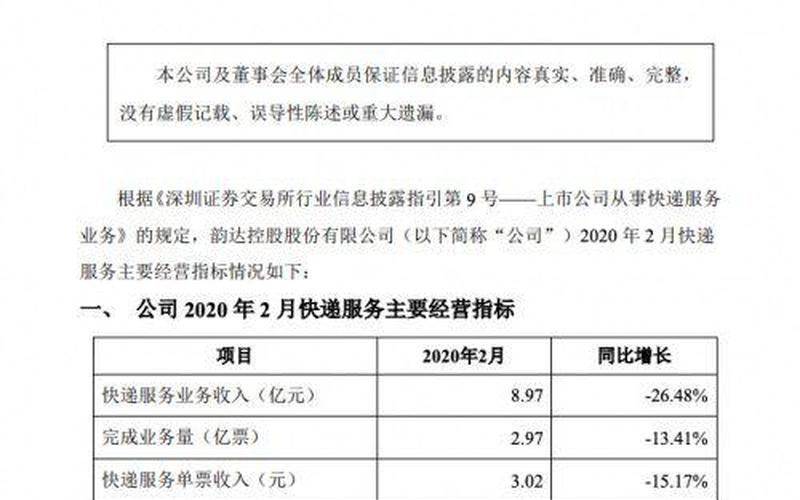电商 鱼塘理论、鱼塘商业模式 ♂
电商鱼塘理论是一种将客户比作鱼,将客户聚集的地方比作鱼塘的营销理论,而鱼塘商业模式则是基于该理论形成的一种商业模式。

鱼塘理论认为,企业应该根据营销目标,分析鱼塘里面不同客户的喜好和特性,采取灵活的营销策略,最终实现整个捕鱼过程(即营销过程)的最大成功。在电商领域,鱼塘理论被广泛应用。电商们将顾客聚集的地方(如社[shè]交媒体、电商平台等)视为鱼塘,通过各种方式吸引顾客(即抓鱼),并将其转化为自己的客户。
鱼塘商业模式则是基于鱼塘理论形成的一种具体商业模式。该模式强调通过精准定[dìng]位目标客户群体,构建属于自己的鱼塘[táng](即客户群),并通过持续的营销和服务,提高客户的忠诚度和复购率。在电商领域[yù],鱼塘商业模式通常包括以下几个步骤:
1. 寻找鱼塘:即确定目标客户群体所在的平台或社区,如社交媒体、电商平台、行业论坛等。
2. 吸引鱼儿:通过优质的内容、优惠的活动等方式,吸引目标客户群体的注意,并引导他们进入自己的鱼[yú]塘[táng](即关注或加入自己的客户群)。
3. 养鱼护鱼:在鱼塘中,通过持续的互动、服务、优惠等方式,提高客户的满意度和忠诚度,防止客户流失。
4. 捕鱼变现:当鱼塘中的鱼儿数量达到一定[dìng]规模时,通过销售产品、提供服务等方式,实现变现。也要不断优化鱼塘环境,提高捕鱼效率。
电商鱼塘理论和鱼塘商业模式为电商企业提供了一种有效的客户获取和维护策略,有助于提升企业的市场竞争力和盈利能力。
电商运营助理的工作内容并非仅仅是,其工资水平根据地区、经验和公司规模等因素有所不同,一般在4000-9000元[yuán]之间。

关于电商运营助理的工作内容:
电商运营助理的职责包括但不限于配合运营对品牌产品在网店进行日常运营、跟踪和评估店铺推广效果、制作统计分析报表、联系并维护小红书达人/KOL、协助达人内容策划与跟进、完成运营主管分配的运营计划、制作数据统计报表、负责电商平台等线上渠道的日常运营等。只是电商运营助理工作中可能涉及的一小部分内容,并非其主要或唯一职责。
关于电商运营助理的工资水平:
电商运营助理的工资水平因地区、公司规模、个人经验和能力等因素而异。在一些招聘信息中,电商运营助理的薪资范[fàn]围在4000-9000元之间。也有数据显示,电商运营助理的月薪可能在4500-8000元之间,年薪则在5-10万元之间。具体的薪资水平还可能受到公司绩效、奖金和提成等因素的影响。
电商运营助理的工作内容多样,并非仅仅是,其工资水平则因多种因素而异。
希柔电商是[shì]一个专注为优质供应链和顶级代工厂实现品牌化升级转型的平台,其产品经过严格筛选,主要面向中高端消费市场,特[tè]别是女性消费者,整体评价较为积极。

从产品方面来看,希柔电商的产品涵盖多个品类,如美妆、身体护理、口腔护理、日常生活用品、保健品以及电子产品等。其产品以高质量、性能出色而著称,且价格相对实惠。例如,有用户反馈希柔的智能手机在外观设计、运行速度、拍照效果等方面都表[biǎo]现出色,尤其是夜拍效果优于其他同价位手机。这表明希柔在产品研发和品质控制上投入了大量精力,以满足消[xiāo]费者对高品质生活的追求。
希柔电商在供应链方面也有着显著的优势。平台只选择全球行业顶级的供应链,严格遵守国际化品控标准,确保每一款产品都达到高标准。这种精益求精的理念,使得希柔能够迅速俘获大批忠实消费群,特别是在[zài]女性消费者中享有较高的声誉。
值得注意的是,任何电商平台都可能存在个别问题或争议。例如,有用户反映希柔平台存在恶意封号、冻结用户财产的情况。这类问题[tí]虽然可能是个别现象,但仍然需要引起平台的重视,并采取措施加以改进,以维护消费者的权益和平台的声誉。
希柔电商凭借其优质的产品、严格的供应链管理和明确的品牌定位,在电商领域取得了显著的成绩。作为消费者,在[zài]选择电商平台和产品时,仍需保持理性,仔细了解产品信息和平台政策,以确[què]保自己的权益得到保障。
Sure, here's an English essay about the negative impacts of the pandemic on e-commerce:

---
The Negative Impacts of the Pandemic on E-commerce
The COVID-19 pandemic has had a profound impact on various industries globally, and e-commerce is no exception. While the pandemic has accelerated the adoption of online shopping in many ways, it has also brought about significant challenges and negative impacts on the e-commerce sector.
Firstly, the pandemic has disrupted the logistics and supply chains, which are crucial for the smooth operation of e-commerce. With lockdowns and travel restrictions in place, the movement of goods has been severely hindered. This has led to delays in deliveries, increased transportation costs, and in some cases, the inability to fulfill orders. Consumers, who have become accustomed to the convenience of fast and reliable deliveries, have become increasingly frustrated with these delays, resulting in a decline in customer satisfaction and loyalty.
Secondly, the pandemic has affected the production and sourcing of goods, further complicating matters for e-commerce businesses. Factories and warehouses have had to shut down or operate at reduced capacity due to safety concerns, leading to shortages of certain products. This has made it difficult for e-commerce companies to maintain a steady supply of goods, and has forced them to adjust their inventories and product offerings frequently.
Moreover, the pandemic has also exposed vulnerabilities in the e-commerce industry, particularly in terms of fraud and counterfeit products. With the increase in online shopping, unscrupulous sellers have taken advantage of the situation to sell fake or low-quality goods. This has not only damaged the reputation of e-commerce platforms but has also eroded consumer trust in online shopping.
Furthermore, the pandemic has also had a financial impact on e-commerce businesses. Many small and medium-sized enterprises, which form the backbone of the e-commerce industry, have struggled to stay afloat due to the economic downturn. Reduced consumer spending, coupled with increased operational costs, has made it difficult for these businesses to maintain their profitability.
In conclusion, while the pandemic has accelerated the adoption of online shopping and presented new opportunities for e-commerce, it has also brought about significant challenges and negative impacts. The disruption of logistics and supply chains, the impact on production and sourcing, the rise in fraud and counterfeit products, and the financial strain on businesses have all contributed to these negative effects. As the world continues to grapple with the pandemic, it is crucial for e-commerce businesses to adapt and innovate in order to overcome these challenges and thrive in the new normal.
---
I hope this essay helps! Let me know if you have any other questions or need further assistance.


